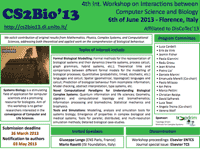Is there a way to predict crisis?
June 5, 2013
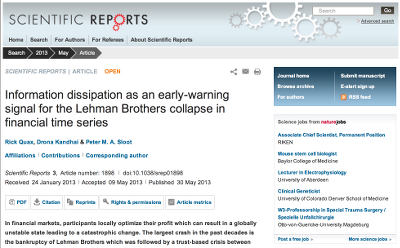 UvA researcher Dr Rick Quax and his colleagues Prof. Peter Sloot (UvA) and Dr Drona Kandhai (UvA and ING) just published in Scientific Reports a paper entitled “Information dissipation as an early-warning signal for the Lehman Brothers collapse in financial time series” where they introduce information dissipation length (IDL) as a leading indicator of global instability of dynamical systems based on the transmission of Shannon information.
UvA researcher Dr Rick Quax and his colleagues Prof. Peter Sloot (UvA) and Dr Drona Kandhai (UvA and ING) just published in Scientific Reports a paper entitled “Information dissipation as an early-warning signal for the Lehman Brothers collapse in financial time series” where they introduce information dissipation length (IDL) as a leading indicator of global instability of dynamical systems based on the transmission of Shannon information.
The authors found that IDL increases towards bankruptcy, then peaks at the time of bankruptcy, and decreases afterwards. Their results suggest that IDL may be used as an early-signal for the critical transitions even in the absence of a predictive model.
Given that networks are a common phenomenon in nature – from molecular protein networks all the way up to social networks – the results of this study could also help to provide a better understanding of robustness and the cause of sudden changes in a wide range of complex systems, both natural and man-made.
“Information dissipation as an early-warning signal for the Lehman Brothers collapse in financial time series”
Rick Quax, Drona Kandhai and Peter M. A. Sloot
Scientific Reports 3, Article number: 1898 doi:10.1038/srep01898
Press-release : http://www.alphagalileo.org/ViewItem.aspx?ItemId=131622&CultureCode=en
Paper here: http://www.nature.com/srep/2013/130530/srep01898/full/srep01898.html


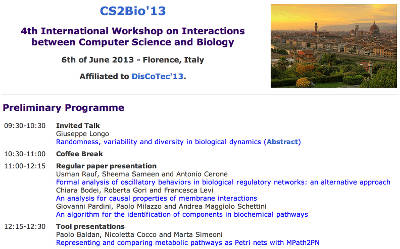
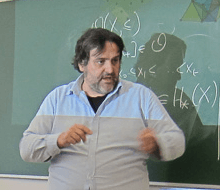 Topdrim member Francesco Vaccarino will conduct a seminar on Multi-Persistent homology, complex networks and the brain functional connectome, at the
Topdrim member Francesco Vaccarino will conduct a seminar on Multi-Persistent homology, complex networks and the brain functional connectome, at the 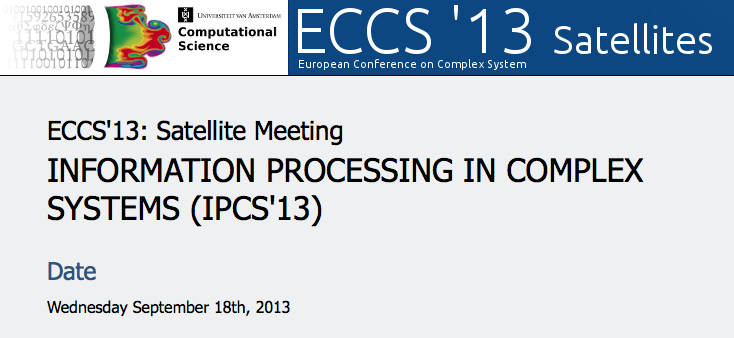
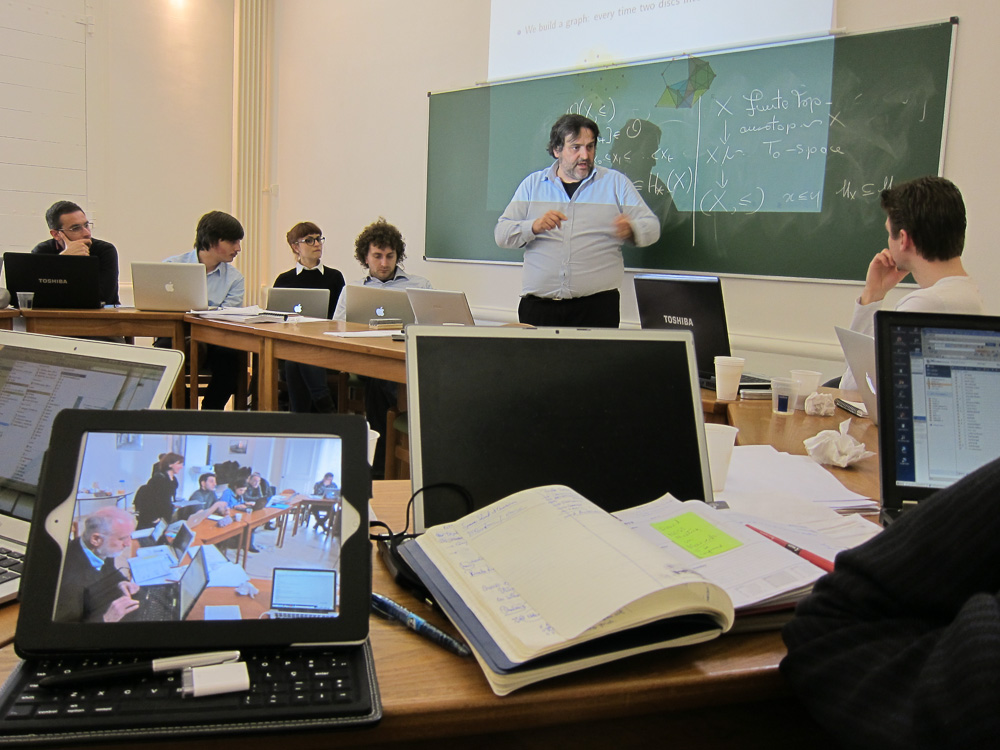
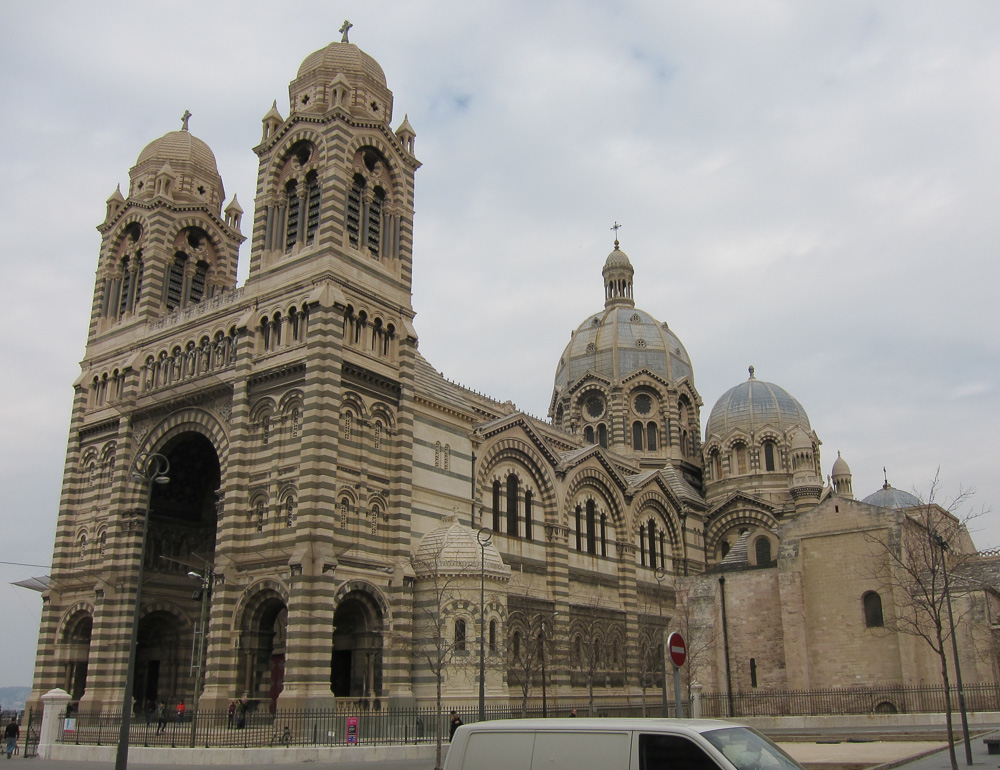
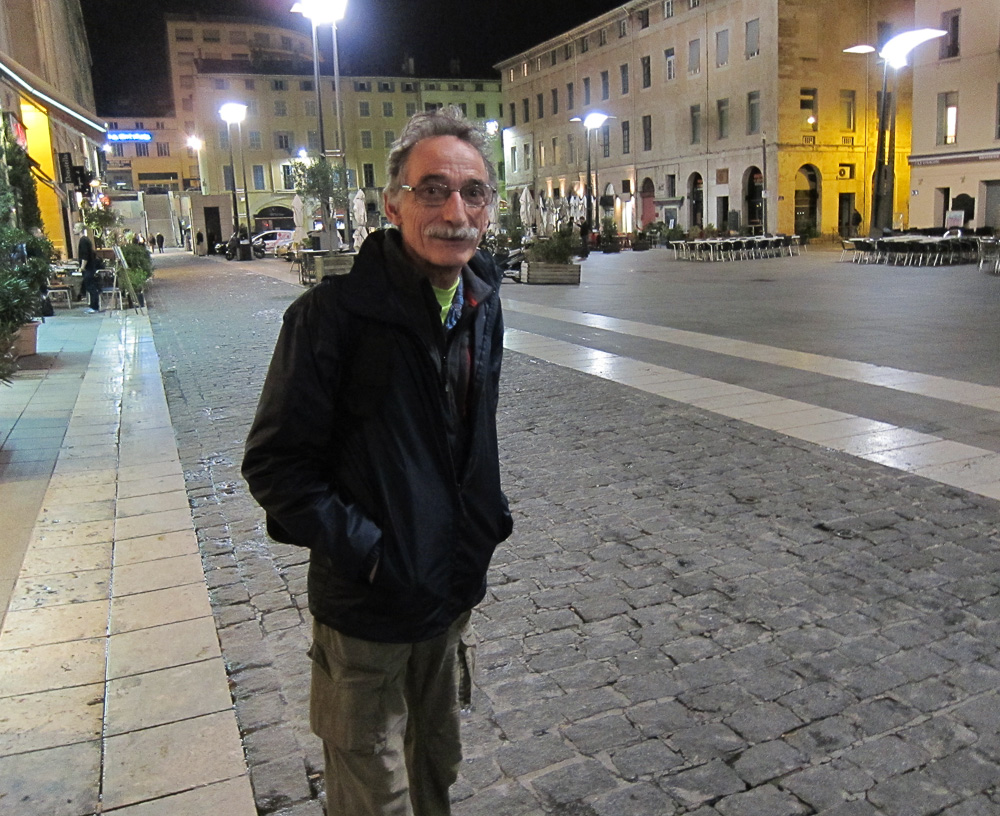
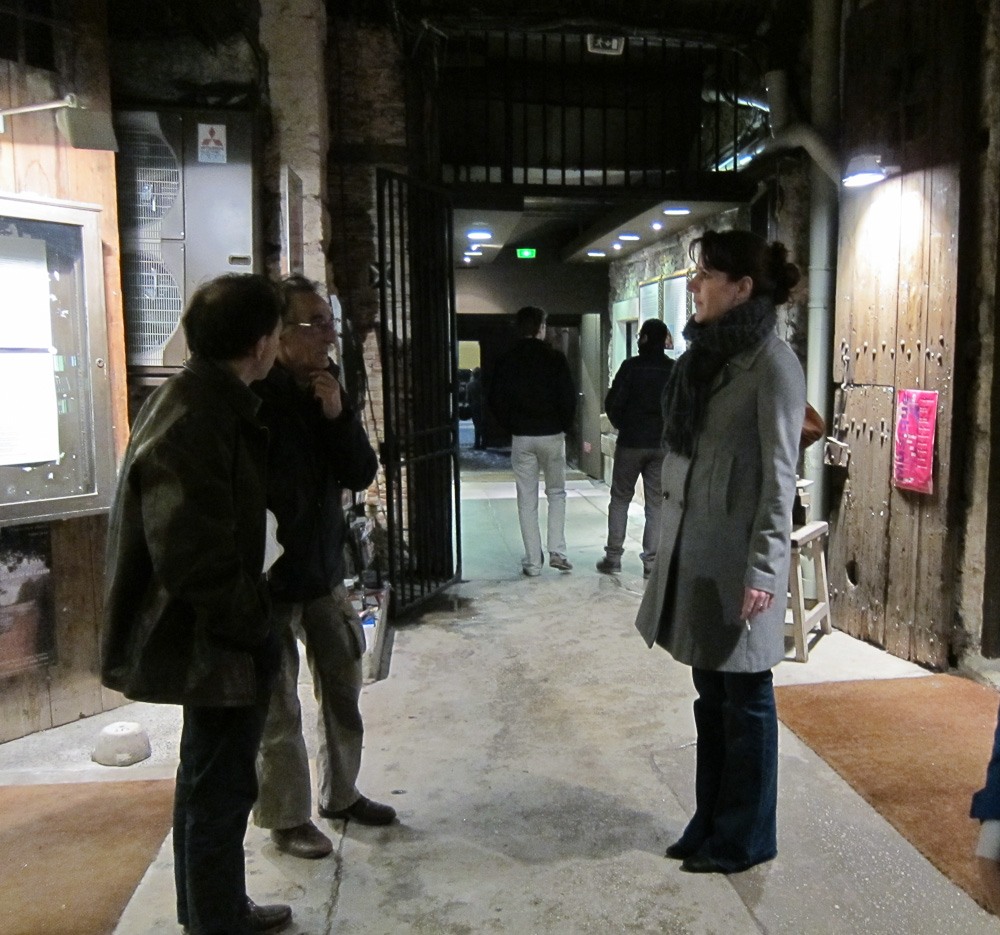
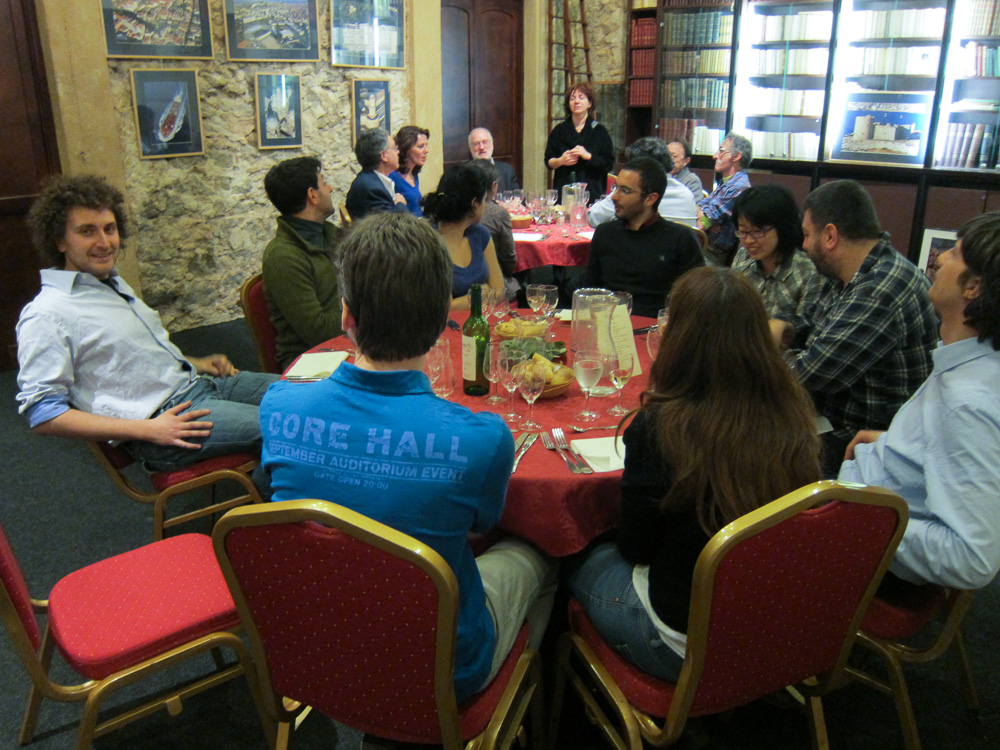
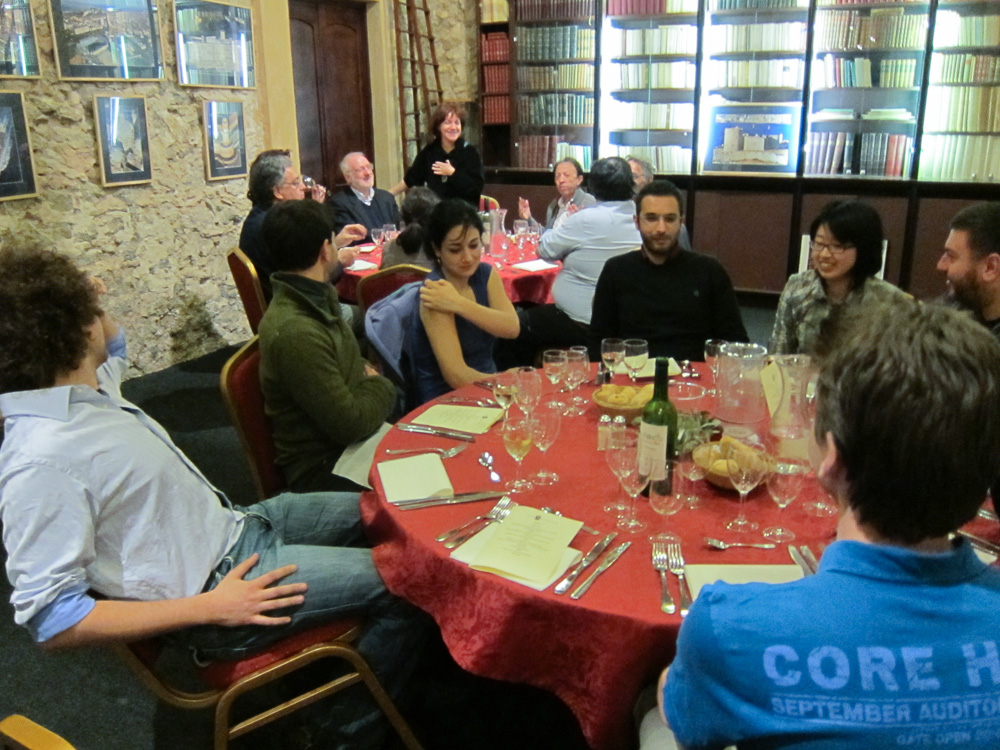
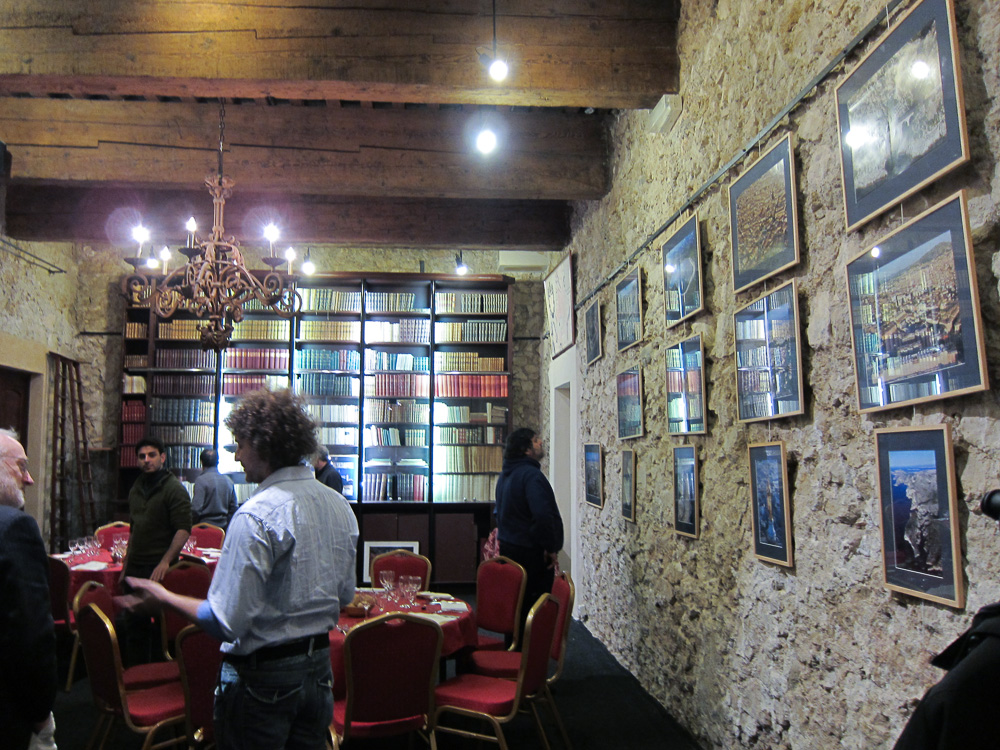
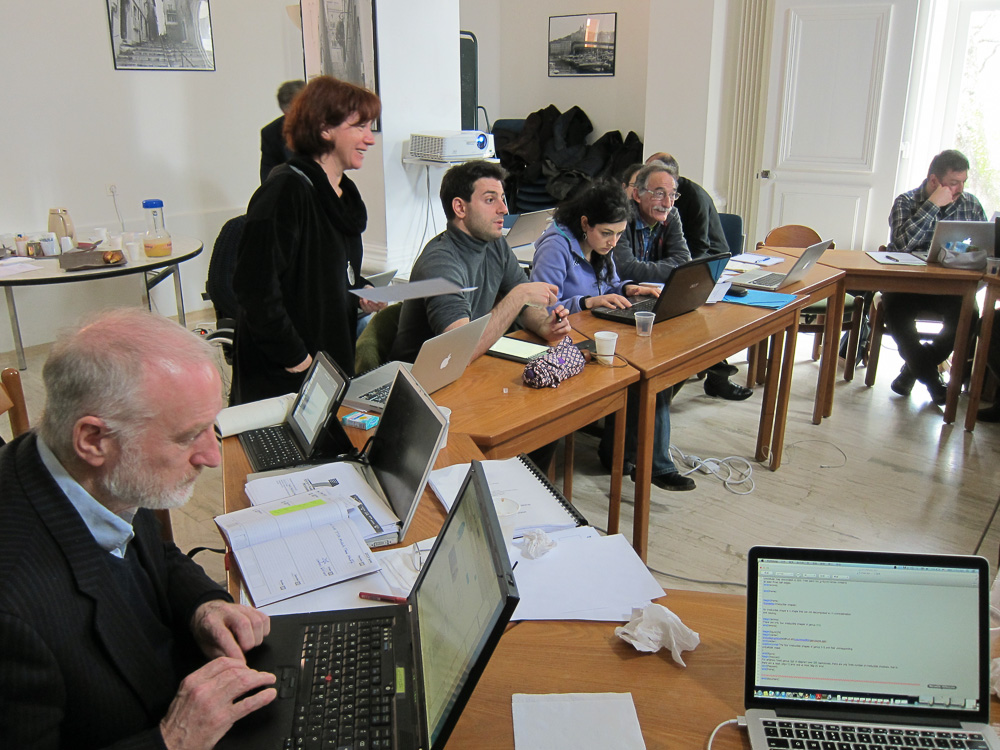
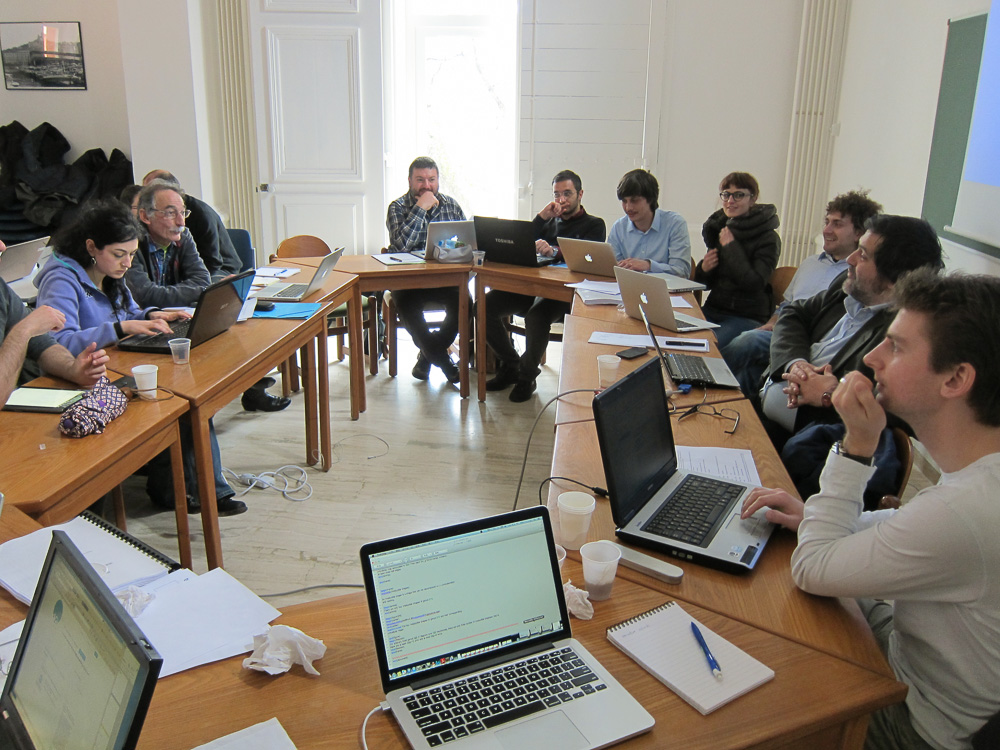
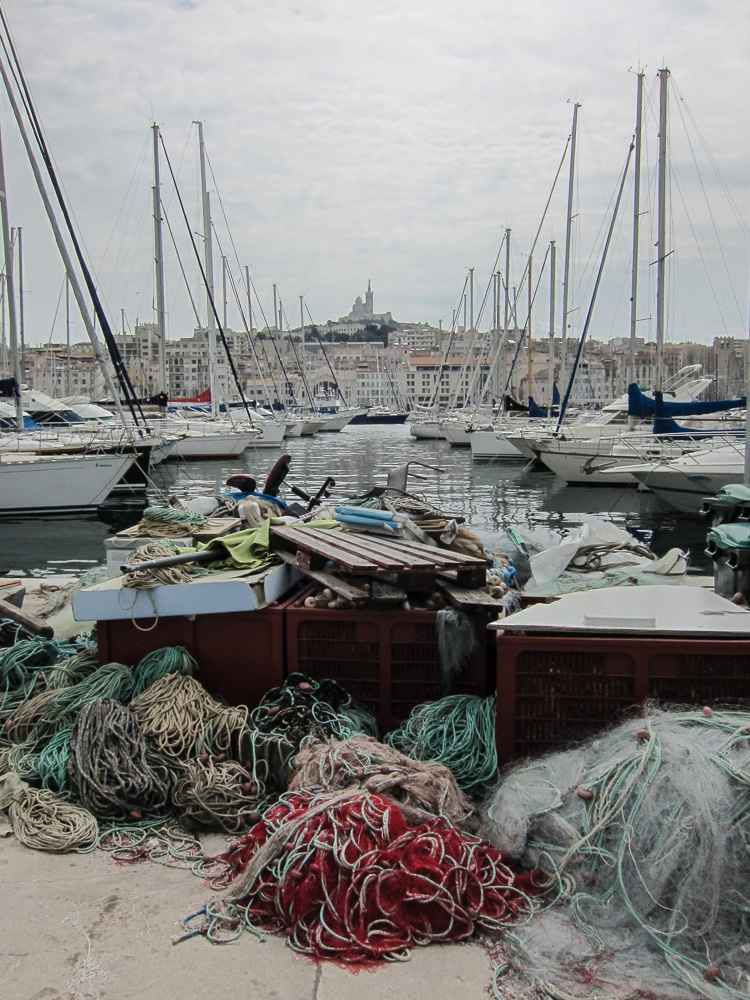
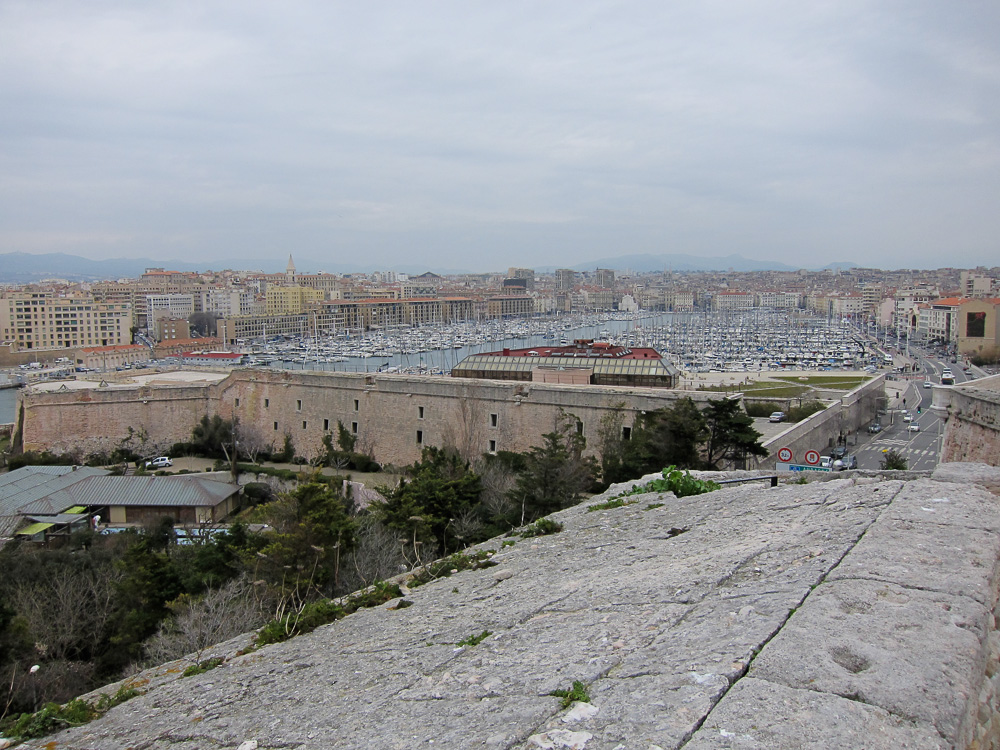
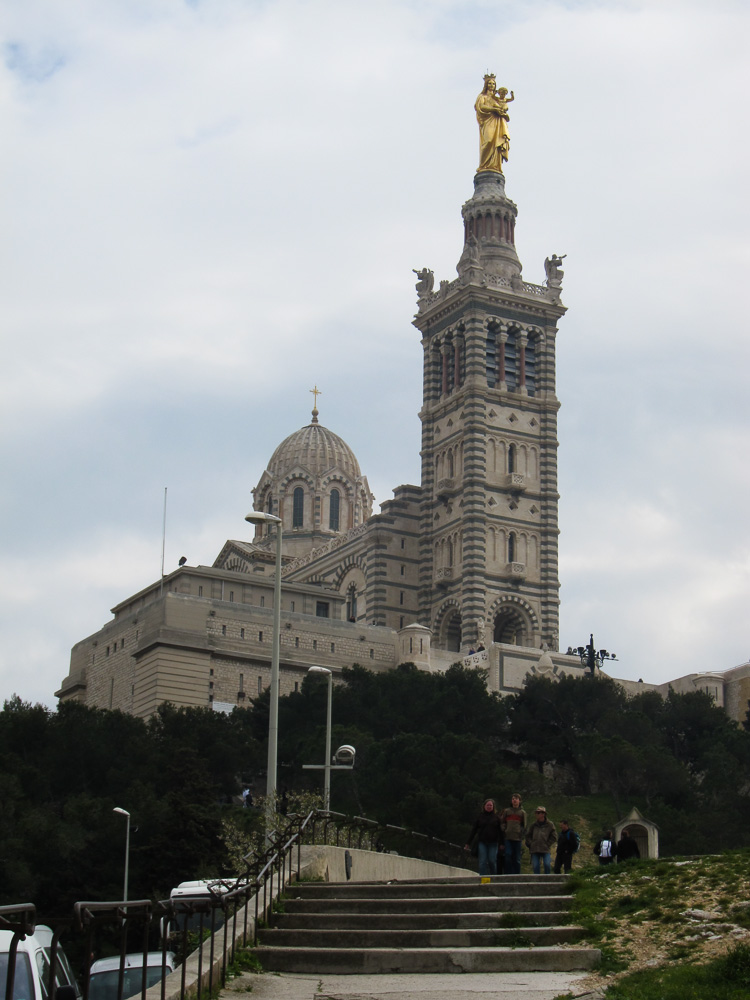
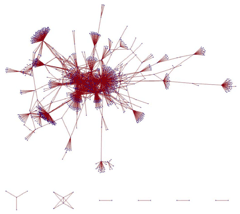 TOPDRIM member Peter Sloot just published a paper on the
TOPDRIM member Peter Sloot just published a paper on the 